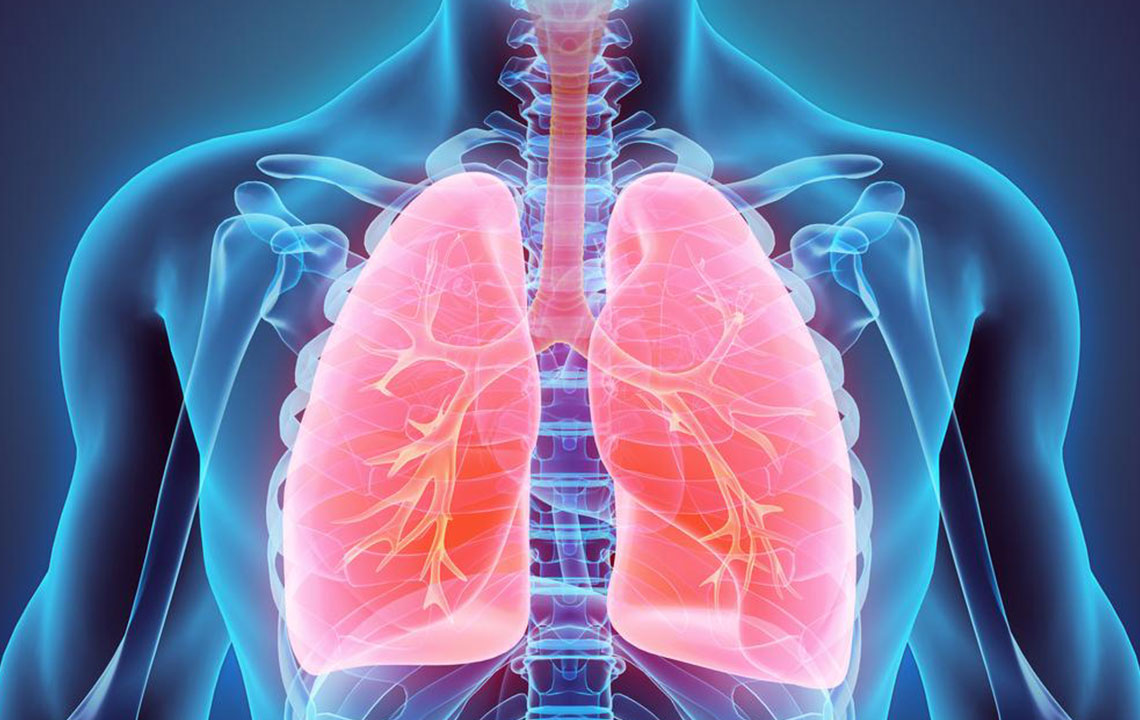Lung Cancer: Key Facts and Global Impact
This article offers an in-depth overview of lung cancer, detailing its types, risk factors, global statistics, and significance of early detection. It highlights the impact of smoking and demographic factors, emphasizing prevention and regular screenings especially for high-risk groups. The information aims to inform readers about the seriousness of lung cancer and encourages proactive health measures.

Understanding Lung Cancer: Facts and Statistics
Lung cancer remains one of the leading causes of cancer-related deaths worldwide, accounting for more fatalities than colon, breast, and prostate cancers combined. It contributes to approximately 25% of all cancer deaths. Early detection and prompt treatment significantly influence the patient's outlook.
While there are various lung cancer types, they are generally categorized into three groups. The predominant type, non-small cell lung cancer (NSCLC), constitutes about 85% of cases, followed by small cell lung cancer (10-15%), and lung carcinoid tumors, which make up roughly 5%.
Being the most common form, this overview emphasizes non-small cell lung cancer.
Lung cancer generally results from genetic mutations that lead to abnormal cell growth. Initially, tumors are small and often undetectable. As they grow, detection becomes possible through medical imaging. Tumor characteristics, such as size and spread to lymph nodes or other organs, influence treatment options and prognosis.
Key risk factors include genetic predisposition, exposure to radon, asbestos, and, most notably, smoking. Experts from Johns Hopkins and the AMA agree that many cases could be prevented by avoiding or quitting smoking promptly.
Therefore, individuals over fifty who smoke should undergo regular screenings—at least twice annually—and more frequently based on personal risk.
Lung cancer accounts for nearly 14% of new cancers globally. While it affects both genders, men face slightly higher risks, with a lifetime chance of 1 in 14, compared to 1 in 17 for women. Smokers are 23 times more at risk for men and 13 times more for women.
Incidence varies by race and age, with black men being 20% more likely to develop lung cancer than white men. Most diagnoses occur in older adults; about two-thirds are over 65, and fewer than 2% are under 45.
Worldwide, it remains the most common cancer. In 2012, nearly 1.8 million new cases were identified, resulting in 1.6 million deaths. Countries like Hungary and Serbia have the highest rates. For men, Hungary and Armenia lead, while for women, Denmark, Canada, and the U.S. have the highest incidences.










